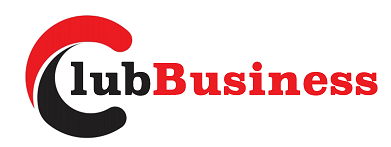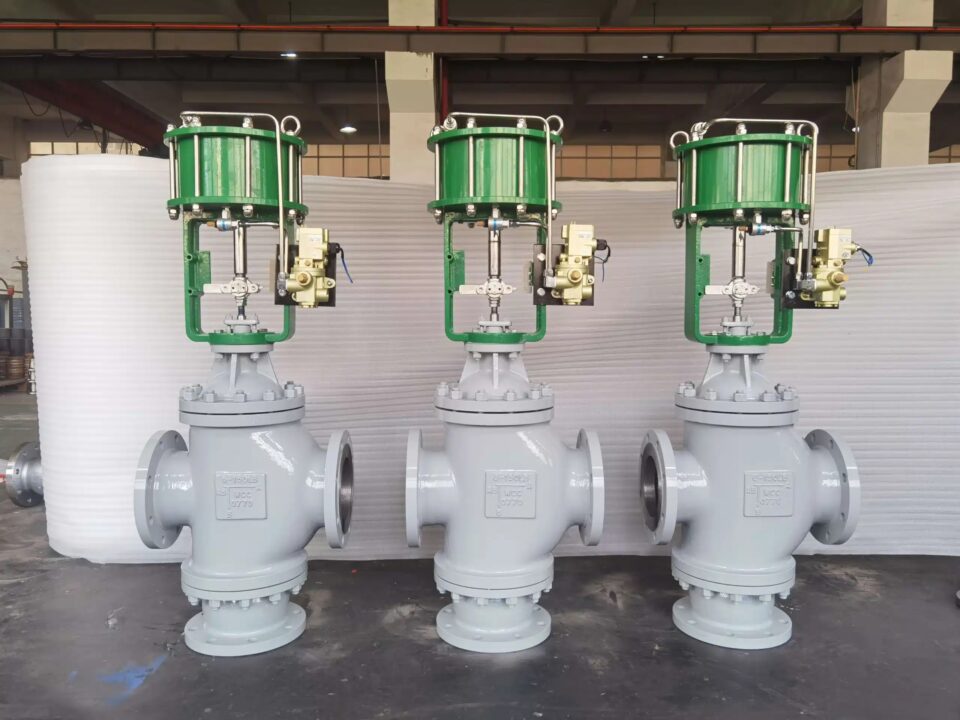Multi-port valves are 3-, 4-, and 5–way ball valves. The most demanding multi-port valve is the 3-way ball valve. A three-way ball valve has three openings or ports for the passage of media such as gas or fluids that are fitted to tubing or piping. Depending on the direction of flow via the valves, these types of ports are mainly known to have one inlet, as well as two outlet openings, or 1-outlet and 2-inlet openings
The 3-way valves are common as they provide shut-off, as well as flow direction control, in a single body of valve in a straightforward and affordable manner.
The configuration of the piping, the handle rotation of the valve ball, and the flow path through the valve ball (the porting or ball bore) all work together to control the flow through three-way Belimo Control Valves.
By using the proper valve type and configuration, flow can be controlled to satisfy one or more different process requirements. For example, flow can be completely stopped, mixed from two sources, diverted to another location, split from one source to two different destinations, or blocked in one direction while allowed to continue in another.
What a 3-way valve can handle relies on one small but main internal design transformation. The pattern of port shape or flow through the ball inside the valve makes significant design differentiation. L-pattern flow, L-port, L-flow, two-way, or a T-pattern flow, T-port, T-flow, three directions, are the most commonly utilized types for the valves in three-way valves.
Diverter valves
L-pattern flow valves are also called selecting, diverter, or directing valves. And this is because of the widespread use of this valve design to modify or redirect the flow leaving through one of two separate valve outlets or ports. The common or flow entry port of manual 3-way L-pattern valves utilized as diverting valves is mainly located at the bottom port of the valve body.
What are the benefits of handles for three-way ball valves?
Handle stops of some kind (red arrows) set limits on how far a ball valve handle can turn. The handle and the top of the valve body are often extended by these. They function by blocking handle rotation.
Mixing valves
T-pattern flow ball valves, such as b312b+lrb24-3, are also known as mixing valves. This is due to the widespread use of this valve design to combine or mix flow from two separate sources. Common manual 3-way T-pattern valves placed as mixing valves often have a common outlet port which is the valve body’s bottom port.

